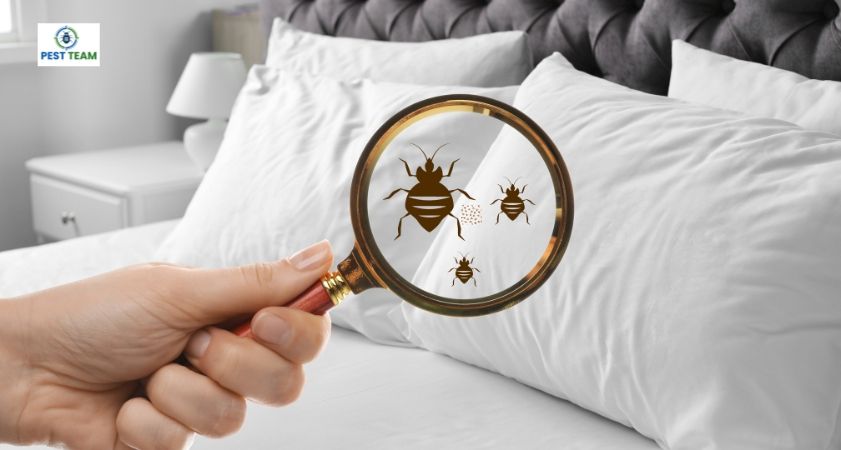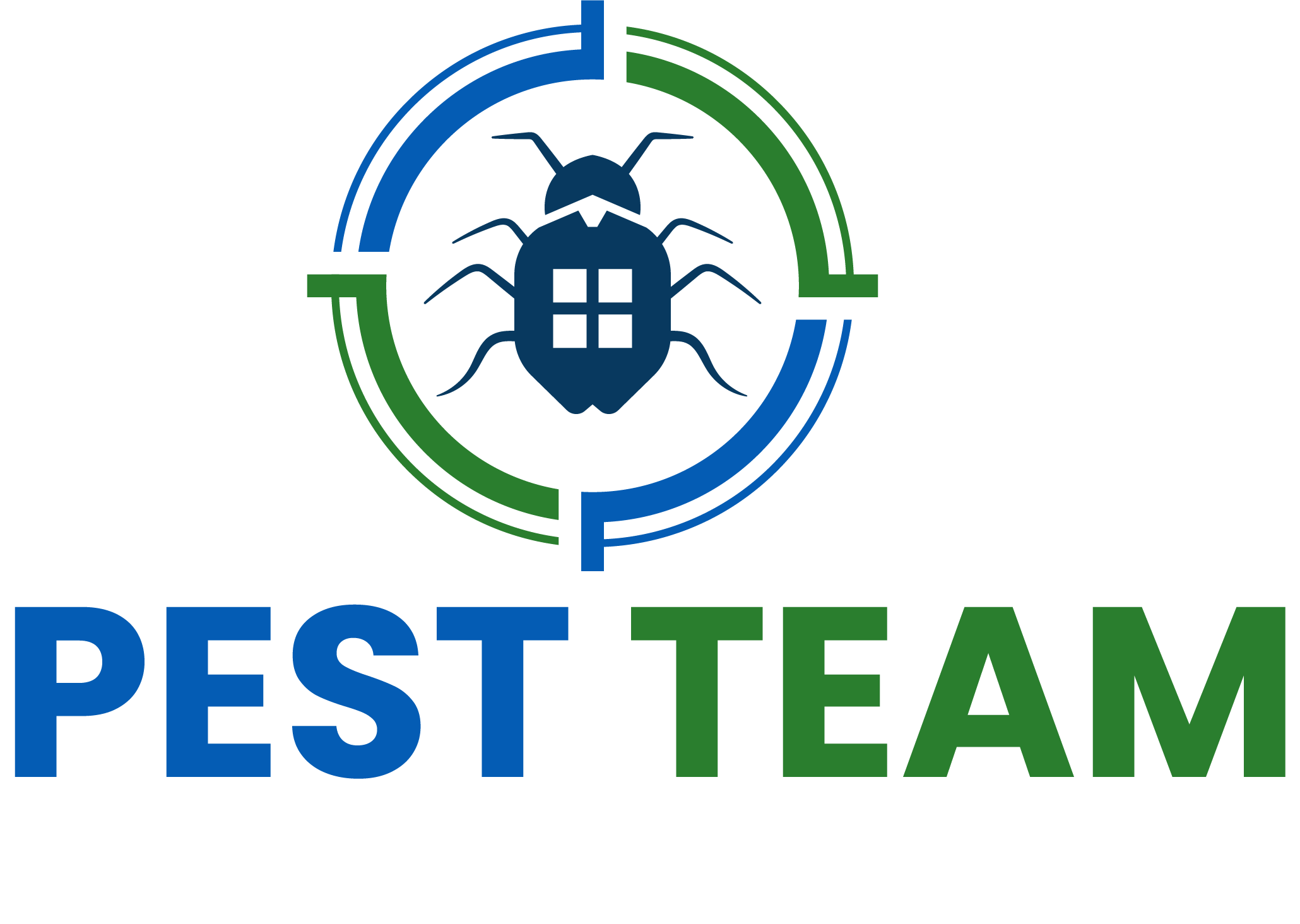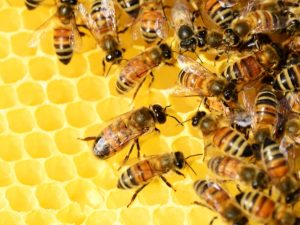Eco-Friendly Bed Bug Control Solutions

Signs of a Bed Bug Infestation
Before getting into the solutions, it’s essential to equip ourselves with knowledge for effective identification and then working out a solution for the Bed bug infestation. Early recognition of these pests will prevent them from turning into a larger problem. The following is how you can identify a Bed bug infestation:
Rusty or reddish brown stains: This indicates bed bug excretion, and you will find it on mattresses, sheets, or furniture. The reason for the stain is actually because the bed bugs feed, after which they excrete the digested blood. You might also find these stains on walls or on the floor, particularly at points where bed bugs are hiding.
Cast Skins: This, in general, is the shedding of their exoskeletons as bed bugs grow. You can often find these shed skins in areas where bed bugs hide, like in the seams of mattresses, along baseboards, or in cracks and crevices.
Musty odor: A sweet, musty, or other ill smell around dark places where bed bugs hide could indicate a grave infestation. Bed bugs’ pheromones produce the smell, which gets sharper as the extent of an infestation rises
Why Choose Eco-Friendly Bed Bug Control?
Though chemical pesticides are certainly a time-honored approach to Bed Bug pest control, they have severe disadvantages for health and the environment.
Toxicity: Most chemical pesticides are serious health hazards to humans. For children, pets, and people with allergic histories or other previous conditions, they can be especially harmful. These chemicals can cause respiratory problems and skin irritations; if exposed for a long time, they can cause far more serious problems. They can increase risks in homes where there are young children or pets who have a tendency to directly touch treated areas.
Environmental Impact: Chemical pesticides always have a negative impact on the environment. These chemicals can contaminate the air with ease, especially indoors, and find their way into water bodies, killing aquatic life and thus causing an imbalance in the habitat.
Bed Bug Resistance: Probably one of the biggest challenges that come with the overdependence on chemical pesticides is that of resistance in bed bugs. Over time, bed bugs seem to mutate into some sort of super bed bug that is able to repel the different chemicals manufactured against them, making them less effective. This makes the infestation all the more acute and hence will call for stronger or even more dangerous chemicals, thus making it hard to break the cycle.
Eco-friendly options offer a breath of fresh air (literally!):
There are a few major advantages to eco-friendly Bed bugs control methods in general.
Safety: First on the list is safety. This method does not pose a great risk to human life, pets, or the environment. That simply means it implies that, unlike chemical pesticides, green products are developed with an eye towards nontoxicity and gentleness to minimize harmful side effects. This becomes quite important in a home with children, pets, or those prone to allergies, where it must be ensured that all members of the household remain safe while the problem is eradicated.
Sustainability: Eco-friendly approaches primarily relate to nontoxic natural solutions, symmetric to a commitment to stewardship of the environment. These methods keep off the strong fumes of chemicals in the air and water. Instead, they have strategies effective to deal with the problems and light on the planet to sustain the health of the ecosystem for longer terms.
Effectiveness: If well applied, green methods can be very effective in killing bed bugs. Heat treatments, essential oils, and natural predators are some of the techniques that hit bed bugs efficiently, thus ensuring infestation control without affecting safety or the environment.
Natural Bed Bug Prevention Tips
In the Bed bugs control, prevention is better than cure. Eco-friendly practices will keep bed bugs out of the way and ensure comfortable living without pests.
Regular cleaning and de-cluttering: Keep the house very clean and organized. Vacuuming at regular intervals can help in picking up bed bugs and their eggs from carpets, furniture, and mattresses. Decluttering not only reduces the number of places where bed bugs can hide and breed but also helps in spotting and addressing any potential issues more easily.
Cleaning: Washing and drying bed linen, sheets, pillowcases, and blankets on a weekly basis in hot water over 120°F will kill bed bugs and their eggs. The high temperature kills the bed bugs and their eggs. Moreover, it will be dried on high heat to make sure that the remaining bugs are actually killed.
Mattress and Pillow Encasements: Place impermeable encasements over your mattress and pillows. These encasements help to trap any existing bed bugs inside them and prevent them from feeding. They further provide your bedding protection from any further invasion by creating a barrier through which bed bugs cannot pass.
Regular Vacuuming and Steam Cleaning: Heat is a natural bed bug killer. Regularly vacuum mattresses, carpets, and furniture crevices to suck up bed bugs and their eggs.
DIY Eco-Friendly Bed Bug Control Methods
Professional Eco-Friendly Bed Bug Control Solutions
Essential Oils: Certain essential oils have, by nature, repelling properties against bed bugs. These will include tea tree oil and lavender oil. Mix these well in water before spraying them on mattresses, , and all other possible hideouts.
Homemade Sprays: Vinegar and baking soda solutions can, to some extent, repel bed bugs lightly.While homemade sprays can be used as part of a more comprehensive approach, their effectiveness in totally eradicating bed bugs has not yet been established.
Professional Eco-Friendly Bed Bug Control Solutions
Get professional bed bug removal in case of a large infestation. Professional green bed bug control methods:
Heat Treatments: This process involves raising the room temperature over 140°F with special equipment. Heat kills bed bugs, including their eggs. Heat treatments kill bed bugs very well in places where they are hiding. The process involves no hazardous materials.
Cryonite Use: Using cryonite, bed bugs are killed at temperatures of usually -40°F in the cold. This treatment should be used for fragile goods that cannot take high heat. Cryonite provides a means of exterminating bed bugs and their eggs, too, without pesticides.
IPM: This is the complete eradication of bed bugs. The heat, cryonite, and cleaning thoroughly remove bed bugs from many places. IPM controls epidemics with minimal use of pesticides by monitoring and protecting.
Top States in the USA Battling Severe Bed Bug Infestations
1. New York
New York faces persistent issues with bed bugs, especially in cities like New York City, where the population density and international travel increase their spread. Apartment buildings and public spaces, such as subways and hotels, often harbor these pests, creating widespread problems for residents and visitors alike.
How to Address the Issue:
Professional pest control is crucial to combating these infestations effectively. Reliable providers like Pest Team offer tailored Bed Bug Control Services in New York to eliminate infestations and prevent future outbreaks.
2. Florida
As a prime vacation destination, Florida deals with an influx of tourists who unknowingly transport bed bugs through their luggage. Warm and humid conditions also favor the rapid reproduction of bed bugs, making cities like Miami and Orlando frequent hotspots. Hotels, vacation rentals, and even residential properties struggle with ongoing infestations.
A Proactive Approach:
Partnering with experienced pest management experts such as Pest Team, which provides Bed Bug Control Services in Florida, can help homeowners and businesses achieve long-term pest-free living.
3. California
California’s vast population, diverse economy, and international travel hubs, like Los Angeles and San Francisco, make it a common target for bed bugs. The pests thrive year-round due to the state’s mild climate. Hotels, public transit, and residential complexes are particularly vulnerable to infestations.
Effective Pest Management:
Comprehensive Bed Bug Control Services in California, like those offered by Pest Team, can tackle even the most persistent infestations with efficient and eco-friendly solutions.
4. Texas
With its large metropolitan areas, such as Houston, Dallas, and Austin, Texas faces its share of bed bug problems. The combination of rapid urbanization and high levels of interstate travel create an ideal environment for these pests. Multifamily housing units and densely populated areas are especially prone to infestations.
Professional Assistance is Key:
By engaging services like Pest Team’s Bed Bug Control Services in Texas, residents can ensure timely detection and eradication of infestations. Early intervention is crucial to avoid the spread of pests within communities.
5. Ohio
Cities like Cincinnati, Cleveland, and Columbus have consistently ranked among the worst in the country for bed bug infestations. The pests thrive in densely populated residential and commercial areas, traveling easily between properties through shared walls or close proximity.
Actionable Measures:
Ohio residents can benefit from proactive pest control services to keep infestations under control. Partnering with professionals, such as Pest Team, ensures effective and thorough treatment plans.
Case Studies and Success Stories
There were bed bugs in several rooms in one home in downtown Ohio. Itchy wounds from bites indicated infection, as did the red bedding and cushion skins. The infestation was detected early, and thus individuals sought an eco-friendly solution.
This procedure incorporated cryonite and heat. All bed bugs were killed by heating the entire room to 140°F. Cryonite was applied to the fragile things, and later on, it was followed by a heavy cold that froze the remaining bugs and ended their lives.
IPM integrated these therapies with frequent washing and fitting mattress covers that are resistant to bugs, thus controlling the situation from increasing.
The entire eco-friendly bed bug remedy made sure that no hazardous chemicals were employed, therefore safeguarding both the residents and the surroundings.
Many studies prove eco-friendly techniques work. Numerous families have defeated bed bugs using heat or IPM. Testimonials support these methods.
Testimonial 1:
“I liked our eco-friendly bed bug treatment. Our major apartment infestation didn’t respond to traditional methods. We used heat and cryonite from insect control experts. Excellent results! Highly recommended!”
Testimonial 2:
“The health and environmental repercussions of standard bed bug treatments alarmed us when we found them in our residence. Our eco-friendly approach used cryonite and heat. Heat killed all bed bugs, and cryonite protected our valuables. Regular cleaning and case storage prevented their recurrence over time. Our treatment was thorough and safe, and we’ve had no complications. We recommend the competent, eco-friendly service to anyone with similar difficulties.”
Conclusion
Although bed bugs may come back, they won’t win. A safe, effective, long-lasting, eco-friendly bed bug treatment may help save your house. Preventive methods and professional, natural, eco-friendly solutions will remove them without hurting the environment.
It offers the best eco-friendly bed bug treatment. They have innovative, non-toxic methods to provide the best service and care for the environment and your health. Some of the revolutionary methods applied by Pest Team are heated treatments and cryonite, which uses extreme cold to treat, when appropriate, sensitive areas and potentially damaged items safely.





